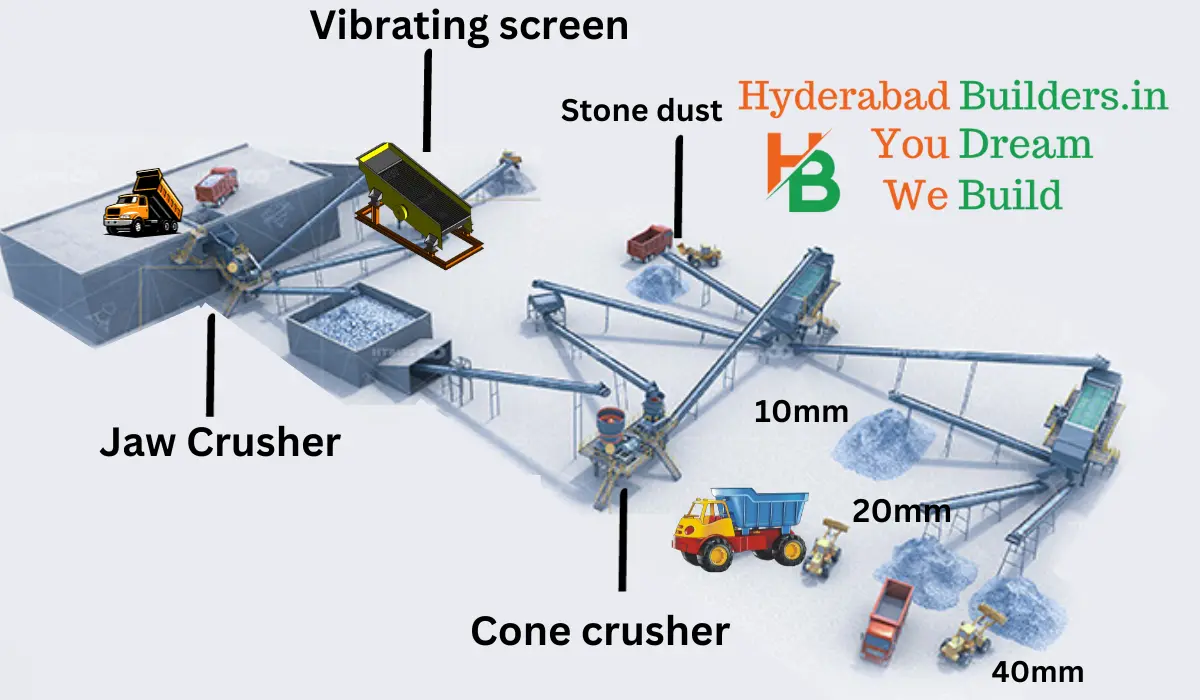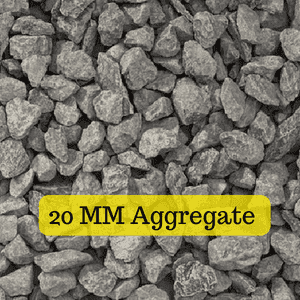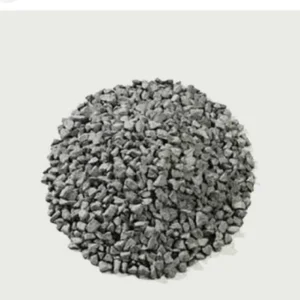Category: Aggregates
Hyderabad Builders is your premier source for top-quality aggregates(కంకర) at the best prices in Hyderabad. As an authorized online dealer, we prioritize affordability without compromising on quality. Enjoy the convenience of free delivery on every order, ensuring a seamless construction experience. Choose Hyderabad Builders for unmatched service, price , reliability, and customer satisfaction. we offer 6mm 12mm 20 mm, 40mm aggregates
Showing all 4 results
-
Sale!

12mm Aggregate
Inclusive of tax Original price was: ₹720.00.₹700.00Current price is: ₹700.00. Per Ton -
Sale!

20mm Aggregate Price
all taxes inclusive Original price was: ₹800.00.₹720.00Current price is: ₹720.00. Per Ton -
Sale!

40mm Aggregate
all Taxs Original price was: ₹750.00.₹700.00Current price is: ₹700.00. Per Ton -
Sale!

6mm Aggregate
AllTaxesInclusive Original price was: ₹775.00.₹650.00Current price is: ₹650.00. Per Ton
The World of Construction Aggregates: A Comprehensive Guide
1. What is construction aggregate
Construction aggregates are like the building blocks of our projects. Construction aggregate refers to the coarse and fine mineral materials used in construction projects. It includes a combination of crushed stone, gravel, sand, slag, recycled concrete, and other natural or synthetic materials. These aggregates are mixed with cement and water to create concrete, which is a fundamental building material.
2. Applications of Aggregates:
a. Concrete Strength:
Aggregates are vital in making concrete strong and durable. We choose different types and sizes based on what we want the concrete to do.
b. Sturdy Roads:
They form the solid base for roads, ensuring stability and support for the pavement.
c. Railroad Stability:
Used as ballast to distribute load and keep railroad tracks stable.
d. Asphalt for Smooth Roads:
Mixed with asphalt to create the smooth surfaces we drive on.
e. Solid Foundations:
Essential for building foundations to enhance stability.
f. Effective Drainage:
Gravel aggregates are key in drainage systems, facilitating water flow.
g. Aesthetic Landscapes:
Used in landscaping for pathways, decoration, and drainage.
How construction aggregate is manufactured into a step-by-step guide:

- Quarrying the Stone:
- the process start Beginning by selecting a suitable quarry site where large rocks are available.
- have to measure and drill holes into the bedrock at the site.
- Blasting:
- Then it will be drilled holes are filled with explosives.
- once detonating the explosives to break the large rocks from the quarry wall.
- Collecting and Transporting the Rocks:
- After the blast, a loader cleans up the pile of fragmented stones.
- will have to load these stones into dumper trucks for transportation.
- Primary Crushing:
- At the stone crusher plant, the rocks are first put into a jaw crusher.
- This crusher consists of a heavy metal plate that moves back and forth against a fixed plate, crushing the rocks.
- Conveying to Primary Stockpile:
- The output from the primary jaw crusher is conveyed to a primary stockpile.
- Secondary Crushing:
- Material from the primary stockpile is fed into a secondary crusher for further size reduction.
- Screening and Sorting:
- The output from the secondary crusher is sent to a screen house.
- Here, a vibrating screen separator sorts the crushed stone into required aggregate sizes.
- This step also removes dust, soil, and powdered stone.
- Conveyer Belt Transportation:
- The aggregates are then moved from one place to another within the plant using conveyor belts.
- Stacking and Loading:
- Finally, the aggregates are stacked according to their sizes.
- They are then loaded into trucks for supply to the market.
3. Types of Aggregates and Classification
Aggregates can be classified into different types based on their origin, size, shape, and other characteristics.
- Based on Origin:
- Natural: Obtained from natural sources such as rivers, sea shores, or natural rock formations.
- Artificial: Manufactured aggregates produced through industrial processes.
- Based on Size:
- Coarse Aggregate: Retained on the 4.75 mm sieve.
- Fine Aggregate: Passes through a 4.75 mm sieve.
- All-in-Aggregate: Naturally available aggregates of different fractions of fine and coarse sizes.
- Based on Shape:
- Rounded Aggregate: Obtained from rivers or sea shores, minimizing voids (about 32%) in concrete.
- Irregular Aggregate: With about 36% voids, requiring more cement paste; suitable for ordinary concrete due to good bond development.
- Angular Aggregate: Sharp, angular, and rough particles with maximum voids (about 40%); suitable for high-strength concrete and pavements, providing a strong bond.
- Flaky Aggregate: The least lateral dimension (thickness) should be less than 0.6 times the mean dimension.
4.Different Tests on Aggregate:
- Crushing Test:
- Determines the aggregate’s crushing strength, indicating its resistance to crushing. A crushing value above 35 is considered indicative of a weak aggregate.
- Abrasion Test:
- Conducted to assess the abrasion resistance of coarse aggregates. It measures the percentage wear due to relative rubbing and indicates aggregate hardness.
- Impact Test:
- Evaluates the impact strength of the aggregate against loads it may experience during its life cycle. It reflects the toughness of the aggregate.
- Soundness Test:
- Indicates the durability of the aggregate and its resistance to adverse weather conditions.
- Shape Test:
- Conducted to assess the shape of the aggregate, with parameters like flakiness index and elongation index defining the shape characteristics.
5. Weighing Aggregates:
a. Bulk Density:
Calculating mass per unit volume for proper mixture.
b. Specific Gravity:
Understanding the density ratio of aggregates to water.
c. Moisture Content:
Considering moisture for accurate weight calculations.
6. Aggregate Sizes in Construction
6mm Aggregate:
This is a fine aggregate, often referred to as sand.
It is commonly used in concrete mixes for applications where a smooth finish is desired.
Also used in mortar mixes for bricklaying and plastering.
12mm Aggregate:
This is a mid-range size for aggregates, falling between the finer 6mm and the coarser 20mm.
It is commonly used in concrete mixes for general construction purposes.
Provides a balance between fine and coarse aggregates, contributing to the overall strength of the concrete.
20mm Aggregate:
This is a coarse aggregate and is one of the most commonly used sizes for concrete production.
It provides bulk and stability to the concrete mix.
Commonly used in the construction of roads, foundations, and structural elements.
40mm Aggregate:
This is a larger size of coarse aggregate.
Used in special concrete mixes where a large particle size is required.
Often used in the construction of heavy-duty structures such as bridge foundations and retaining walls.
7. Aggregate Price In Hyderabad
| Aggregate Size | Price per Ton (INR) |
|---|---|
| 6mm | 650 |
| 12mm | 700 |
| 20mm | 720 |
| 40mm | 750 |
8. Understanding Aggregate Prices:
| Aggregate Size | Price per Ton |
|---|---|
| 6 mm | INR 650 |
| 12 mm | INR 700 |
| 20 mm | INR 720 |
| 40 mm | INR 750 |
a. Market Dynamics:
Prices influenced by demand, availability, and transportation costs.
b. Quality Impact:
Different types and quality levels affect prices.
c. Location Matters:
Regional price variations based on transportation and availability.
d. Seasonal Influences:
Prices may change with construction activity levels and weather conditions.




